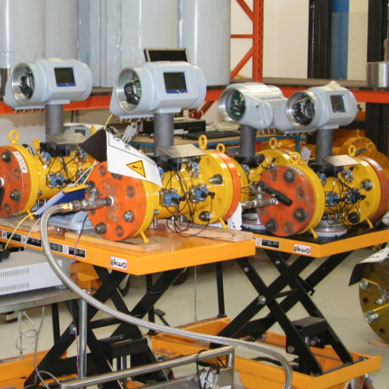
Safety Instrumented Functions (SIF) comprise out of three elements: sensors (e.g. It monitors many of the same variables as the BPCS, but only takes action when a variable is outside its normal range, which generally means the Process Control System (BPCS) has failed.Įach SIS performs one or more Safety Instrumented Functions (SIF). A Safety Instrumented System (SIS) does not control anything.

When a BPCS fail, the next layer of protection, after operator intervention, is the Safety Instrumented System (SIS), independent from the BPCS. But since it is not so, process facilities need multiple layers of protection… If so, we would not need alarm systems, relief valves, flares systems, etc. However, the problem is, Process Control Systems (BPCS) can fail! Designers and engineers cannot foresee every possible hazard and design control systems to prevent all of them. The Basic Process Control System (BPCS) controls pressure, level, temperature, flow, etc. The first layer is the Basic Process Control System (BPCS). a release of a dangerous substance), or to mitigate the consequences of an incident once it occurs.įigure 1: Lines of Defence (LOD) / Layers of Protection (LOP) loss of cooling) from developing into an incident (e.g. These Lines of Defence (LOD) / Layers of Protection (LOP) are independent layers that serve to either prevent an initiating event (e.g. To understands what a Safety Instrumented System (SIS) is and how it helps to prevent Hazards, we first need to understand the different Lines of Defence (LOD) / Layers of Protection (LOP) and where Safety Instrumented Systems (SIS) fit in. (A hazard is a potential source of harm or adverse health effect on a person or persons.) Many plants rely on Safety Instrumented Systems (SIS) to help address these potential failures to, in turn, prevent the hazards from occurring.

“Successful engineering is all about understanding how things break or fail.” ~ Henry Petroski, America’s failure expert Therefore, it is essential to identify and prevent potential hazards on site. The process industry, especially the oil, gas and chemical sector, is hazardous and it is crucial to ensure the safety of our assets and of our workers.

Powerful equipment, flammable chemicals and high-pressure processes can all easily lead to hazardous or even deadly incidents.


 0 kommentar(er)
0 kommentar(er)
